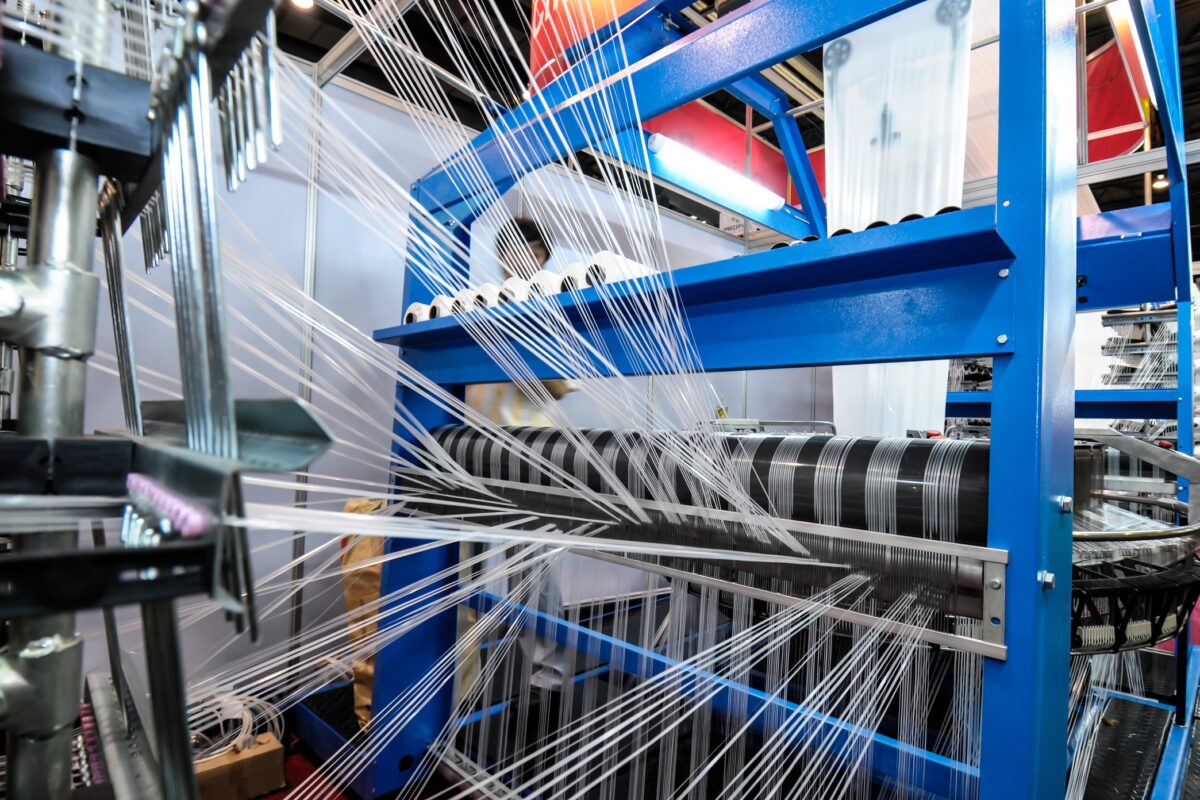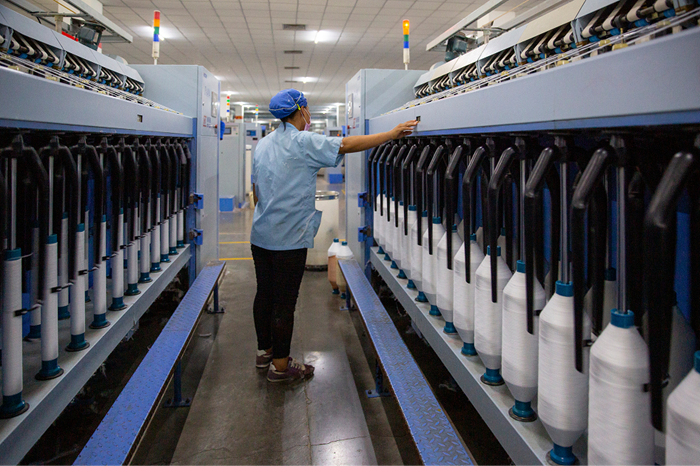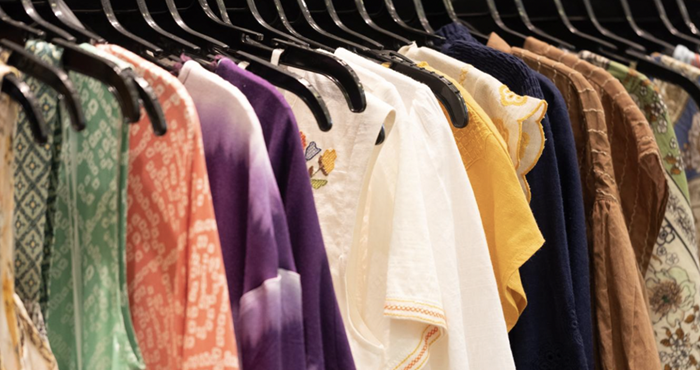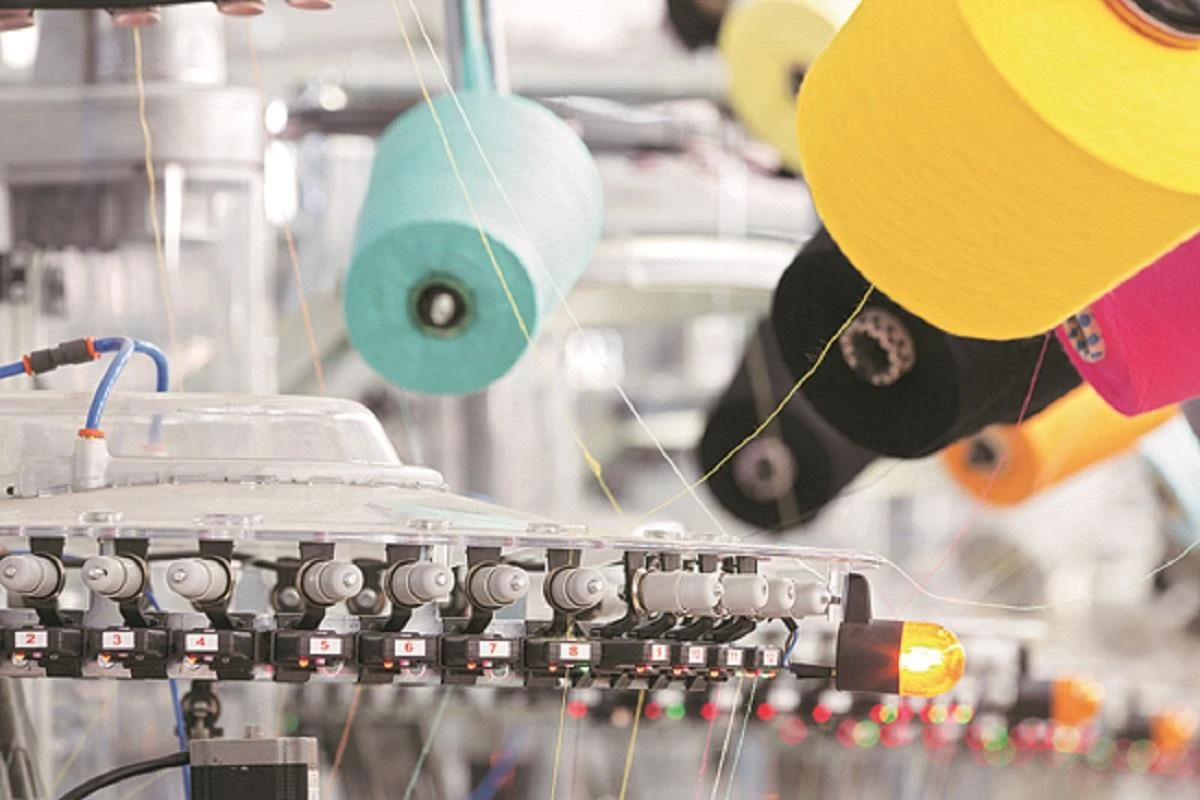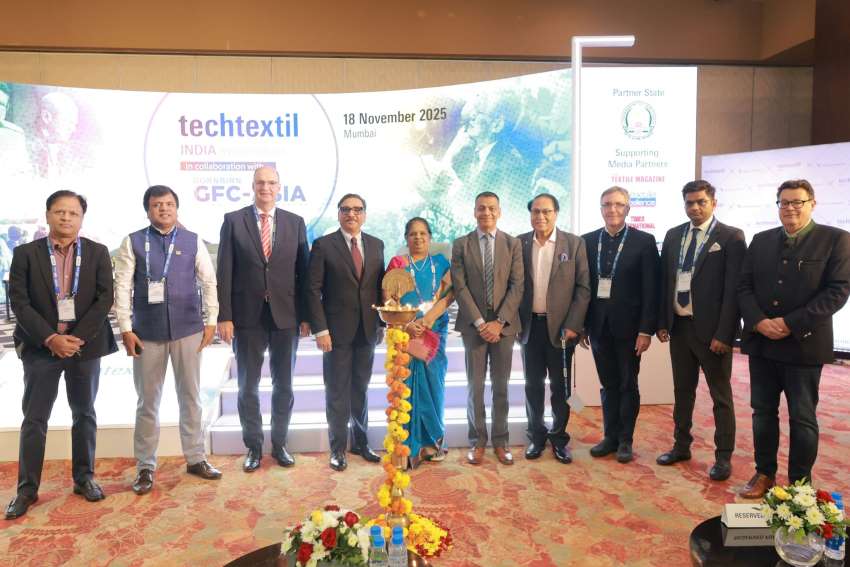Slave labor is a major problem in Brazil’s textile industry. Some 1,200 workers were rescued from slave-like conditions this year. Businesses are facing growing consumer pressure to ensure their global supply chains are environmentally-friendly, slavery-free and pay their workers fair wages. But information about brands’ supply chains is often hidden on websites or hosted on external websites that are difficult to find.
Brazil is Latin America’s biggest economy. The country has the world’s fourth largest garment production industry, with 1.5 million direct employees, mostly women. The textile industry is fragmented and informal, with thousands of immigrant subcontractors from Bolivia and Paraguay sewing clothes in sweatshops for well-known national retailers.
Brazil’s apparel market is expanding at a substantial CAGR. Rising disposable income of people and growing consciousness for international fashion trends are the key factors contributing to the growth of the market. Brazil is one of the largest exporters of apparel and fashionable goods. Arab countries are some of the largest importers of apparels and textiles from Brazil. The United Arab Emirates accounts for the highest imports from Brazil, followed by Egypt, Algeria, and Morocco. With a recovering economy, the apparel industry is expected to rebound over the coming years.
Slave labour, the ugly truth about Brazilian industry
- 1
- 2
- 3
- 4
- 5
- 6
- 7
- 8
- 9
- 10
Threads of Labor and Steel: The human-machine ecosystem powering India’s textile…
India generates nearly eight million tonnes of textile waste every year, placing the country at the center of the global... Read more
Hanging by a Thread: US Tariffs cripple Indian textile exports, orders drop 70%
India’s textile and apparel industry is facing an unexpected mid-cycle rupture that is reshaping the sector’s economics far faster than... Read more
Sourcing's new compass, navigating apparel's great migration beyond Asia
The global apparel sourcing business is redefining the metrics of success beyond traditional labor costs. Led by geopolitical risks, consumer... Read more
No A-Grades for Climate: What the fossil-free fashion scorecard reveals about in…
For years, the global fashion industry has promised a cleaner, greener future but 2025’s Fossil-Free Fashion Scorecard by STAND.earth offers... Read more
Wired Threads: How India’s textile backbone is powering the smart apparel future
India’s huge textile industry, long celebrated for its command over cotton and competitive manufacturing scale, is going through a foundational... Read more
The New Core Competency: How sustainability and advanced fabrics are driving Ind…
The SportTech Pavilion at Techtextil India, hosted by Concepts N Strategies, concluded with a unanimous declaration: for India to successfully... Read more
New EU import rules set to raise prices for Shein and Temu, boosting European re…
Europe’s fashion and textile scenario is on the verge of its most consequential structural shift in over a decade. The... Read more
Global apparel trade rebalances in 2025 as Europe rises, Asia stumbles: Wazir Ad…
As the global apparel economy enters the final quarter of 2025, trade flows across major markets reveal a sector facing... Read more
Tariffs, turbulence and tenacity, India’s textile sector finds new strength
India’s textile and apparel export sector is showing a remarkable capacity to adapt and thrive in one of the most... Read more
Future Fiber Demand and the Chemical Recycling Imperative: Global industry eyes …
The global textile industry is entering a period of exponential growth and profound technological transformation, according to key figures speaking... Read more

